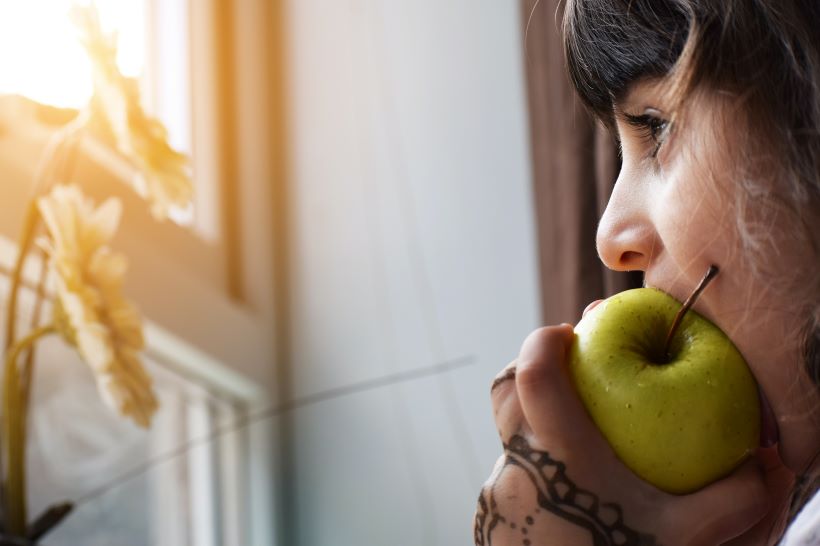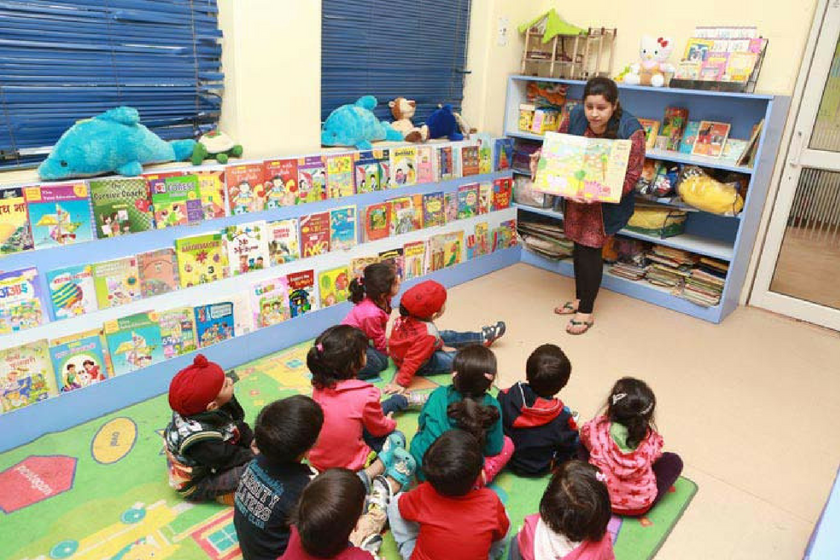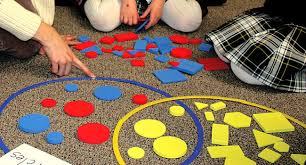Here’s what happy parents do to raise happy kids! Sign up to find out!
Nurturing a child’s gut health and microbiome can be hard given the junk that has been included in their everyday lives. Their gut health is a product of the quality of food, lifestyle, and the environment they grow up in.
A healthy gut is responsible for improving the digestion process and helps in absorbing the nutrients from the food that the child consumes. This action results in the response of the immune system and the brain function showing the connection between the gut-brain axis.
Here are 5 foods that will help your child build a resilient gut and 5 foods that must be avoided to keep the gut healthy and happy!
Foods That Help Build A Resilient Gut
Probiotics

Consuming probiotic-rich foods regularly helps in reducing the frequency of mild gut upsets in children. Probiotics help with digestion and help in the treatment of constipation or diarrhoea which are common in children- especially during potty training.
It also aids in maintaining the immune function that benefits the children to fight off infections to which they are easily susceptible.
Foods like unsweetened probiotic yoghurt can be given to children daily. To make it more palatable for the child, fruits can be added to the yoghurt.
Kefir is also known as a probiotic which can be included in the diet as a drink. Various flavours are also available that will attract the interest of the children as well.
It is important to check with your paediatrician or a gut nutritionist before inculcating probiotics into your child’s daily meal to establish the correct number of doses and the right strains that should be taken depending on the child’s health to build robust gut health.
HighFibre Foods

It is important to include both soluble and insoluble fibre so that the food gets enough bulk to move from the digestive system and make bowel movements easier.
Insoluble fibre foods include green leafy vegetables like spinach, shepu, bathua, fenugreek leaves, and various types of gourds like bottle gourd, ash gourd, and bitter gourd to fill up the insoluble fibre content of your child.
Beans, sweet potatoes, apples, pears, figs, carrots, apricots, and flaxseeds contain high content of soluble fibre and must be included in the diet as well.
Monitor the child’s stools to establish the right amount of soluble and insoluble fibre that must be included in the diet and understand the child’s bowel movement.
It is rightly said, “The poop of the child is a window to look at their gut health status.”
Prebiotics

Prebiotics are food for beneficial bacteria. Prebiotics are beneficial for children by promoting the health of gut bacteria, supporting the immune system, and stimulating regular bowel movements.
Good bacteria which are 85% in the gut need prebiotics as their food to thrive in the system and to destroy the 15% of the harmful bacteria.
It is also important to keep a clear check if your child is not facing a lot of gas and bloating issues before you start introducing prebiotic foods as it could aggravate various gut health issues.
Including foods containing prebiotics can help the child’s gut health to a large extent. Foods like apples, bananas, cherries, asparagus, onions, garlic, and artichokes are high in prebiotics and should be incorporated into the child’s meal in a variety of ways.
Antioxidants

Antioxidants help protect the gut lining by controlling inflammation and help support the good bacteria in your child’s gut. Including a variety of spices, fruits like berries, apples, prunes, bananas, and dates will help elevate the children’s gut health.
To include a complete meal full of antioxidants in the child’s daily life, you must consider providing them with a rainbow-coloured food plate.
It is a great idea for the child to engage in activities related to food and observe the variety of colours on the plate which will help them understand the food they are eating.
Yellow foods that are rich in phytonutrients have the benefits such as heart health, skin health, anti-inflammatory, and cognitive or brain health.
The sources of yellow foods are Apple, yellow bell pepper, lemon, pineapple, and potato.
Greens
Green phytochemicals are related to several benefits such as brain health, free radical attack cell protection, skin health, liver health. Heart health and also, they are anti-inflammatory.
The sources of green phytochemicals are avocado, Brussel sprouts, cabbage, celery, cucumber, green beans and green peas. Dark green leafy vegetables like methi, spinach, olives, pear, and lady’s finger.
Besides, the value-add benefits of the dark-coloured vegetables group are anti-inflammatory, cognitive health and excellent sources of brain-protective antioxidants and heart health, and protects cells from damage.
Fruits and vegetable sources under this phytonutrient family are berries, eggplant, grapes, olives, black rice, plum, and prunes. These foods can help your child’s brain remain focused.
Red fruits and vegetables have anti-inflammatory properties. They help support and strengthen the immune system.
The various fruits and vegetables which add to these benefits are apples, beans like red or kidney beans, cherries, beetroot, red bell peppers, cranberries, plum, pomegranate, strawberries, and watermelon.
Water
Ensure that the child’s having enough fluids throughout the day to prevent from dehydration. Water is the best option, but you can also try fruit-infused water, coconut water, or foods containing main water content like melons and cucumbers.
Sometimes it becomes difficult for the child to communicate that they are thirsty or they are dehydrated, thus it becomes very important to check on the bowel movement which would give you a sign that they are not drinking enough water.
Avoid These Foods
Fatty Food:

Fatty foods or deep-fried foods eaten in excess may lead to weight gain, irritate the gut lining and increase inflammation. Substitute the deep-fried foods with foods that provide good fats like nuts and oilseeds which are beneficial for the gut and brain health.
Sugar:
Sugar is the most preferred food of bad bacteria which will then lead to the temperament of the gut health if sugar is consumed in excess. Along with sugar, the carbonation of these drinks may lead to symptoms of acid reflux, IBS, or constipation. Instead substituting the aerated drinks with water or coconut water will not only help with hydration but also keep the electrolytes intact.
Raw Food:
Some children may find it difficult to digest raw foods and may develop gas and affect the gut lining. Instead, slowly introduce raw foods one at a time and see how they respond instead of giving the child a whole bowl of raw salad.
Artificial Sweeteners:

Candies and chocolates that contain artificial flavours and artificial sweeteners may alter the makeup of important bacteria in the gut. It also changes the appetite of the child along with its taste preference. This could lead to weight gain and affect gut health.
Dairy:
Children are increasingly becoming intolerant to lactose as they cannot break down lactose causing gastrointestinal issues. Thus, it is very important to keep a note of how the child is reacting to dairy products by checking the bowel movements.
Nuts:

Many children are increasingly becoming allergic to nuts which can lead result in skin reactions or analaphyxis. The most common nuts to which children are allergic include peanuts, brazil nuts, and pine nuts. So be careful.
We hope you find this information useful. If you have any questions, write to us in the comments below and we will get them answered by experts



















